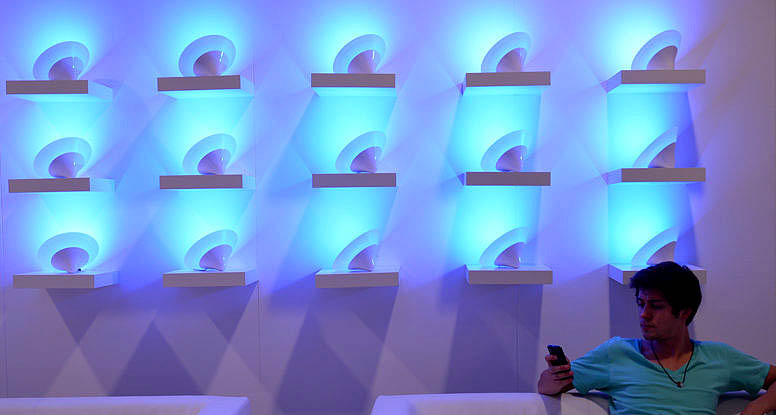We love the way they emit light, so crisp and bright but what does LED stand for?
LED stands for “Light Emitting Diodes”. And, they have revolutionised the lighting industry by using only 20% of the energy that would be required for a filament or halogen light with the same amount of light. More and more commercial businesses and residential homes are making the switch from energy saving lights to LED lights, and here’s why.
1. They last up to 100,000 hours with little to no degradation of light. That equates to about a 30 year life expectancy. That’s right 30 years! That’s about 30 times longer than a regular light bulb. The performance of the light will remain the same throughout the life of the light.
2. They may cost more upfront, but they save you a lot of money over time. This is because the life expectancy is so long. You will save $100’s of dollars using the LED lights.
3. LED’s give you control over the light because they have a directional lighting source. With that comes less light waste.
4. They are mercury free, unlike energy saving light bulbs or compact fluorescents. This makes them much safer, especially when disposing of at end of live. If and when they break, LED lights are not hazardous to humans or the environment.
5. LED lights are efficient. They use up to 80% less energy than incandescent lights – so you’re going green.
6. They don’t give off ultraviolet light that attracts bugs. Therefore, it’s a much more pleasant experience outdoors – everything is illuminated, but without insects.
7. They have a low operating temperature. They’re much safer to be around, because it is unlikely they will burn you or catch something on fire.
8. What’s amazing is they’ve been around since the 1960’s. It’s a proven technology. Over the years, they’ve become extremely dependable. Did you know traffic lights are often LED-based?
9. They can be used anywhere because of the design. Indoor and outdoor is acceptable use for LED lights. They come in many different shades of light color including, red, green, blue, white, etc. Most like their instant-on benefit, and they can be dimmed.
10. LED lights are super durable. They can undergo shaking and rattling with no harm done. Some light bulbs have performance issues in extreme cold or hot temperatures. While temperature does not affect the light emitted from LED bulbs. This feature makes LEDs the ideal choice for outdoor lighting applications, both architectural and landscape.
Bottom Line
Not all light bulbs are created equal. LED light bulbs consume the least amount of energy than any other type of light bulb on the market. They use less energy and provide a brighter light, due to the technology. So what’s not to like, LED lights are brighter; safer (not only from a heat perspective, but also due to lack of mercury); they don’t attract bugs; they have a longer life; they cost less to operate and maintain; and they’re more versatile for creative lighting applications.





